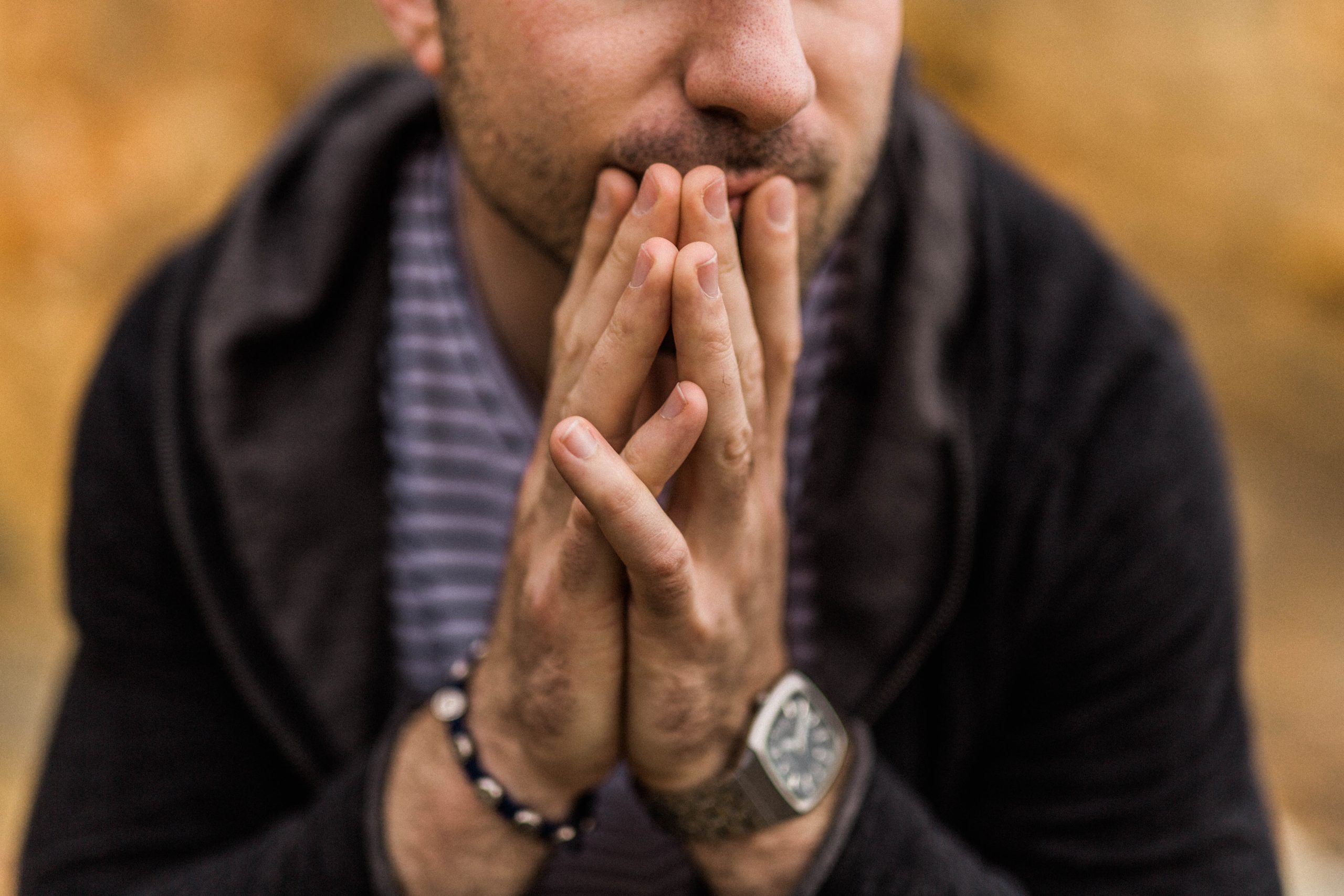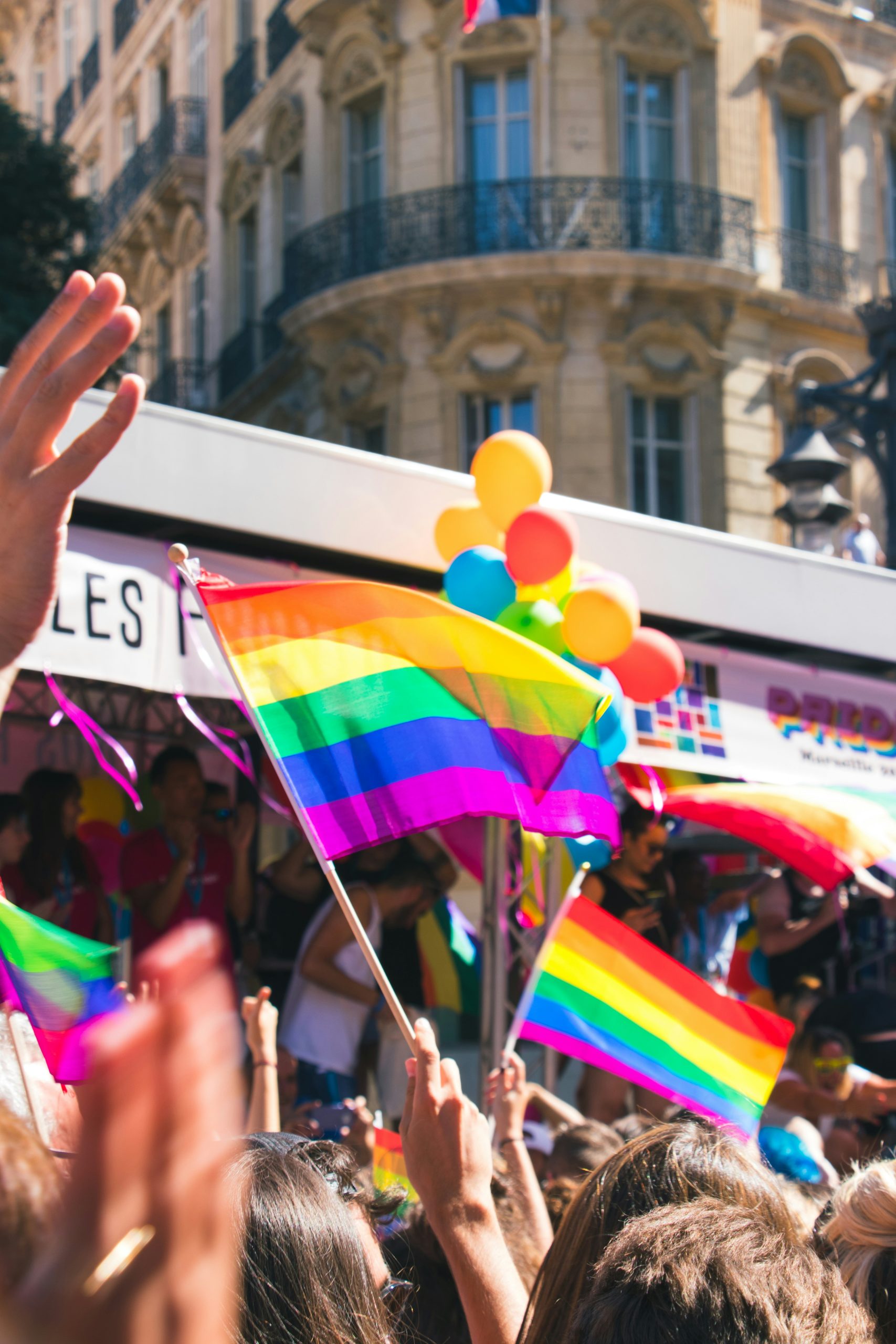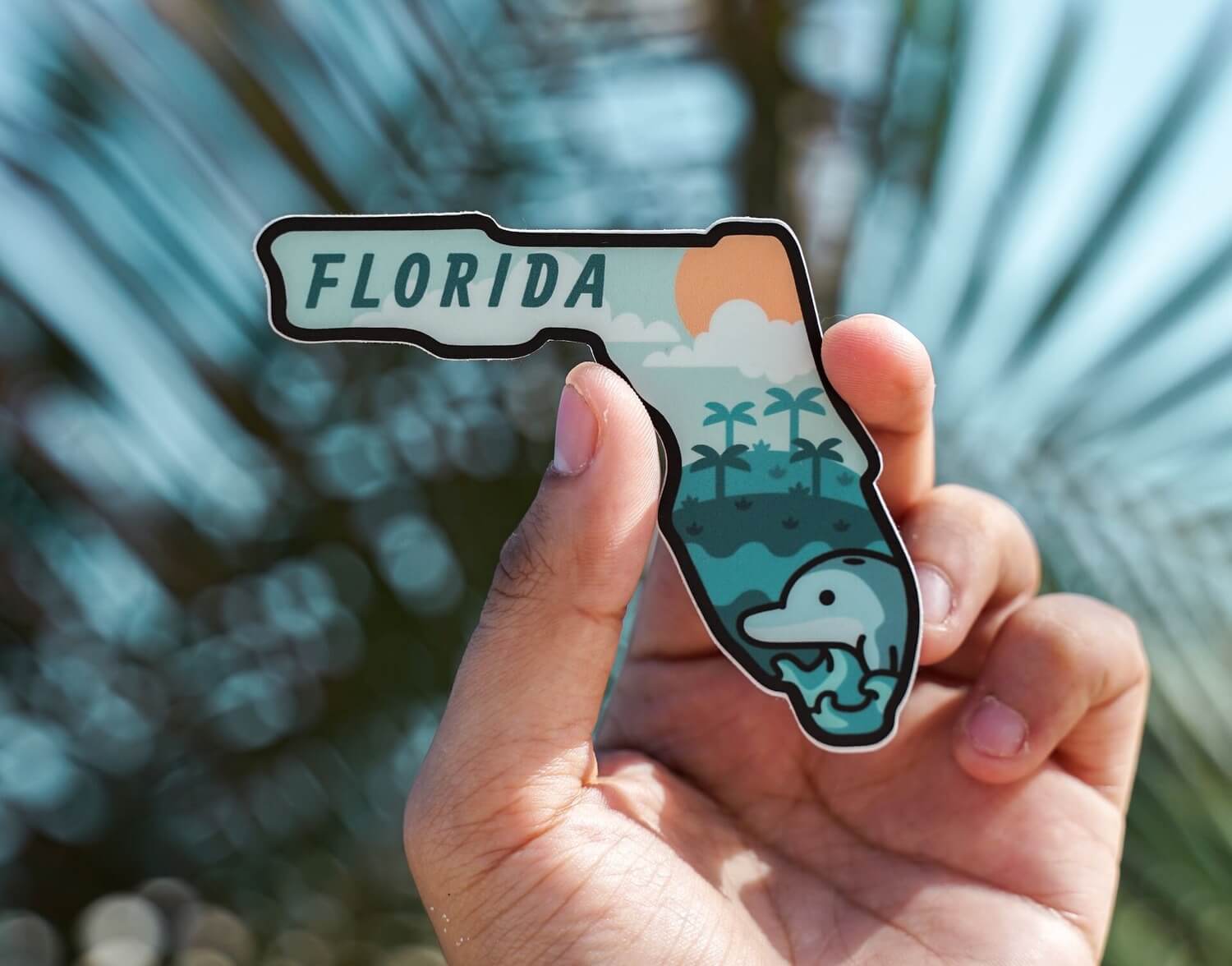Prose and (Alleged) Cons Of the Social Media Lawsuit
The lawsuit against social media is getting really big play in all the media currently. In the print media, tons of prose are reporting the allegation that the defendant was conning children, wreaking havoc on their mental health.
As to the story becoming hot news everywhere, well, that’s what happens when you‘re big and famous and get sued.
The public, with its vested interest in mental health, is taking note, and taking sides. Perhaps folks who are rooting for the plaintiffs may take umbrage at “famous” in the characterization above. They may consider it an inaccurate, insipid adjective. Read the charges in the report, and decide if you’d rather substitute “infamous” for “famous.”
Meanwhile, the defense undoubtedly is assiduously preparing its case, possibly ruminating on some language found in newly released investigative psychological studies. Assumedly trying to present the big picture, the contention of those conducting the studies was that social media did have some positive points.
But let us start from the beginning.
***
Lawsuit Announced
Direct Quote from Website of Politico.com:
“More than 40 states filed a federal lawsuit against Meta, the owner of Facebook and Instagram, alleging the platform apps are designed to be addictive and harm children’s mental health.”
***
This legal action has been a long time in coming. For years now, the red flags of warning have been waved by mental health advocates, parents, physicians of every specialty, educators and experts in child development. And yet the show(s) went on.
Depression
Q. If the content had been judged “harmful,” why has it continued for so long?
A. Profit.
Q. Why action now?
A. Many reasons, but possibly the number of suicides from mental issues–such as depression–which have been attributed to overwatching or working on social media.
Loneliness
Also, now available to bolster the case is additional corroborating evidence on the ill effects of social media. This testimony stems from recent studies of the lonely period of covid sequestration, especially on how it affected teens.
While all ages were being affected by the isolation and handling it in different ways, teens compensated most by attaching themselves to their iphones, tablets and other means of maintaining contact with their friends.
Entertainment Wonderland
And maintaining contact with the rest of the world! Perhaps not an entirely real world, but nevertheless it was outside the walls that confined them. The social media apps magically imported a wonderland of entertainment. Wholesome and age appropriate? Not all, and sometimes not at all. We’ll never know how many teens learned about the birds and the bees from erotically (un)clad men and women performing musical numbers on exotic sets, belting out sexually explicit lyrics that sounded as though they had been lifted verbatim from the Kama Sutra.
Virtual Malls
Most magical of all, since they could not hang out at a traditional teen hangout–a mall–social media brought the mall to them.
Onto their screens wafted the images of glamorous new “friends.” Euphemistically dubbed “influencers,” they purportedly lived lifestyles as glitzy as they were. They were accepted as friends by their followers because they were sharers. They did not hold back, but enthusiastically revealed the secrets of how they had gotten to be alluring. Best of all, they touted the products that had made them so alluring. Generously, they offered to sell those very products to their teen friends, to enable them and their lives to become as glamorous as their own.
The young people literally bought into the dreams, despite admonitions from elders to “be careful what you click on.” They followed the Pied Pipers, the influencers, in a parade that often led them to require help in coping with feelings of inadequacy, worthlessness and hopelessness. Mental health specialists diagnosed those as symptoms emanating from envy of the influencers, which had led to depression. Thus the entire spectrum was attributable to excessive exposure to social media.
In fact, back in May, the Surgeon General of the United States issued a statement voicing concern about this overuse of social media by the youth of our country. He pointed out that, at that particular critical point of adolescent brain development, social media use is “predictive” of decreases in life satisfaction, as well as additional concerns about body image, sleep issues and more.
Discovery
This seems to have turned mental health clinicians into voices crying in the wilderness, asking teens the pertinent questions: Are these influencers’ recommendations good for you personally, or do you accept them as one size fits all? If they recount their illnesses and recovery, do you identify with them? Do you self-diagnose, take the same medication without consulting a physician? Above all, do you keep in mind that they are being paid to market the products they recommend and profess to use?
The influencers themselves, for the most part, came to do good and did very well indeed. How? Some cozied up by relating how they had walked your shoes, managed to survive and even thrive. They spelled out
how they had become wealthy in some field without any knowledge of that field, and without any investment of their own funds (meanwhile pitching how-to books, videos and whole courses). Then, when you got your mansion, they could help you decorate it, and live happily ever after.
But then there came the time when the influencers were exhibiting the same symptoms leading to depression as their audience. By July, 2023, six TikTokers had taken their own lives. The conclusion drawn by mental health experts was that the stress of the jobs on social media had caused these young, beautiful, successful spokespeople for youth, beauty and success to commit suicide.
Numerous Suits
In the federal lawsuit, signed by the plaintiff states’ attorneys general and filed in San Francisco federal court, Meta was charged with violating both children’s online federal privacy laws and state consumer protection laws by making its products addictive and then lying about how they harm children.
In addition, nine more suits are being filed, charging Meta with violating state consumer protection laws.
Possible defenses
What can counsel for the defense come up with? Several clues might be ferreted out by peeking at the following banner headlines.
Just days after issuing a health advisory on the risks to teens using social media, the American Psychological Association posted the following online:
“Social Media Brings Benefits and Risks to Teens”
“APA’s recommendations aim to add science-backed balance to the discussion”
“New Psychological Research Exposes the Harms and Positive Outcomes of Social Media”
Below the headlines, in the body of the story, is this quote from a member of a university psychology faculty: “Teens (and adults) obviously get something out of social media. We have to take a balanced view if we want to reach teens and help them use these platforms in healthier ways.”
Then adults (parents) were addressed, saying that they should be the ones granting permission to spend time on social media, just as they had decided when it was safe for kids to drive, “and we teach them how to be safe.”
Rebuttal
Truth be told, those in charge of the offspring may decide who uses the family car, but states are the ones to set the legal age requirement for driver’s licenses.
Dangerous content has been another demerit on the report card of social media. Hate speech, racism, bias against LGBT+, disinformation (deliberately planted to advance commercial goals), misinformation, and alcohol abuse were among the offerings on view. All were deemed to be promoting menacing consequences such as eating disorders, self-harm, cyber-bullying and the depression that sometimes progresses to suicide.
Closing statement
In the midst of all the furor over social media, we have been witnesses to atrocious behavior, innocent blundering, decent intentions, blatant ripoffs and shameful disregard of our fellow humans.
At the same time, science has come to learn quite a bit about adolescents: Their brains are much more capable than once perceived.
Most importantly, each brain is a tabula rasa, a blank slate. What fills it is up to us.
When a caregiver puts a child into his car seat in the back of the car, and then turns on a mini TV or video player installed to keep the child occupied during a short ride to the store, he or she is sending a message.
When adults drag themselves home from a hard day at work and on entry immediately check their messages, turn on the TV or some other electronic device instead of trying to engage their children in conversation, they are sending a message.
When we don’t set limits on viewing time or purchases we consider unsuitable…
Court adjourned
In trying to hobble social media from sending out waves of harm, perhaps we the people did the best we could against a giant. Now it may be up to the lawyers.
Two quotes would be pertinent closing statements here:
“The wheels of justice grind slowly, but they grind exceedingly fine.”
And in view of what science has learned about the greater competence and capabilities of the adolescent mind:
“A mind is a terrible thing to waste.”




